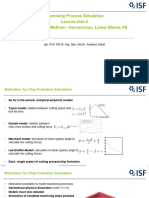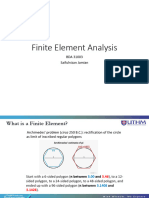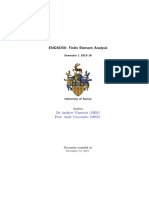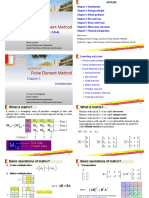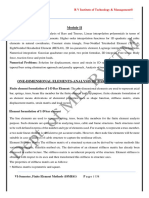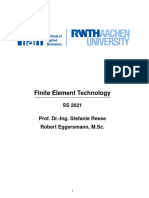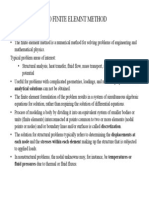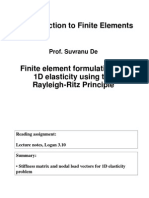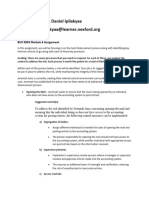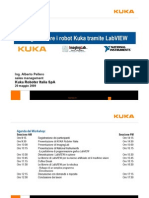0% found this document useful (0 votes)
71 views38 pagesMPS 07
This document discusses finite element analysis and meshing. It begins by explaining that complex geometries need to be divided into smaller finite elements using lines or faces. Common element shapes include triangles and rectangles. Each element is defined by nodes at its corners. Shape functions are used to approximate the displacement field within an element based on the nodal displacements. Element stiffness matrices relate the nodal forces and displacements based on the element's material properties and geometry. Deriving these matrices involves applying the principle of virtual work and integrating the strain energy density over the element volume.
Uploaded by
Sakshi SinghCopyright
© © All Rights Reserved
We take content rights seriously. If you suspect this is your content, claim it here.
Available Formats
Download as PDF, TXT or read online on Scribd
0% found this document useful (0 votes)
71 views38 pagesMPS 07
This document discusses finite element analysis and meshing. It begins by explaining that complex geometries need to be divided into smaller finite elements using lines or faces. Common element shapes include triangles and rectangles. Each element is defined by nodes at its corners. Shape functions are used to approximate the displacement field within an element based on the nodal displacements. Element stiffness matrices relate the nodal forces and displacements based on the element's material properties and geometry. Deriving these matrices involves applying the principle of virtual work and integrating the strain energy density over the element volume.
Uploaded by
Sakshi SinghCopyright
© © All Rights Reserved
We take content rights seriously. If you suspect this is your content, claim it here.
Available Formats
Download as PDF, TXT or read online on Scribd
/ 38

